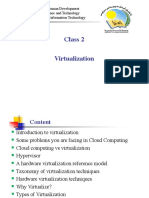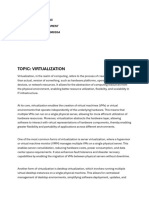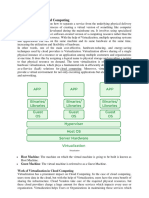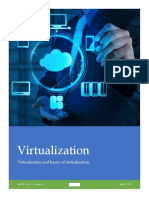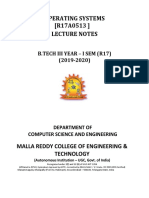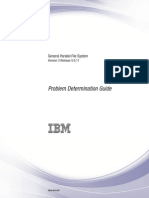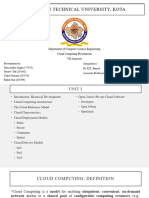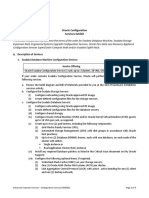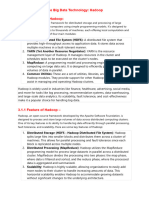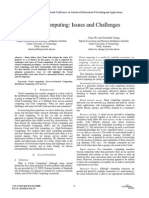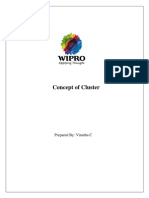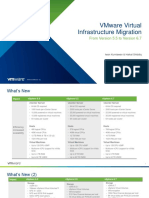0% found this document useful (0 votes)
21 views19 pagesUnit-2 Cloud Computing
Virtualization is the creation of virtual versions of hardware and software resources, crucial for modern computing due to its benefits in resource utilization, security, flexibility, and cost savings. Different types of virtualization include server, desktop, and network virtualization, each serving unique purposes and use cases. Various implementation levels, such as full virtualization, paravirtualization, and hardware-assisted virtualization, provide distinct advantages and disadvantages, influencing the choice of virtualization strategies in organizations.
Uploaded by
sathvik211102Copyright
© © All Rights Reserved
We take content rights seriously. If you suspect this is your content, claim it here.
Available Formats
Download as PDF, TXT or read online on Scribd
0% found this document useful (0 votes)
21 views19 pagesUnit-2 Cloud Computing
Virtualization is the creation of virtual versions of hardware and software resources, crucial for modern computing due to its benefits in resource utilization, security, flexibility, and cost savings. Different types of virtualization include server, desktop, and network virtualization, each serving unique purposes and use cases. Various implementation levels, such as full virtualization, paravirtualization, and hardware-assisted virtualization, provide distinct advantages and disadvantages, influencing the choice of virtualization strategies in organizations.
Uploaded by
sathvik211102Copyright
© © All Rights Reserved
We take content rights seriously. If you suspect this is your content, claim it here.
Available Formats
Download as PDF, TXT or read online on Scribd
/ 19






